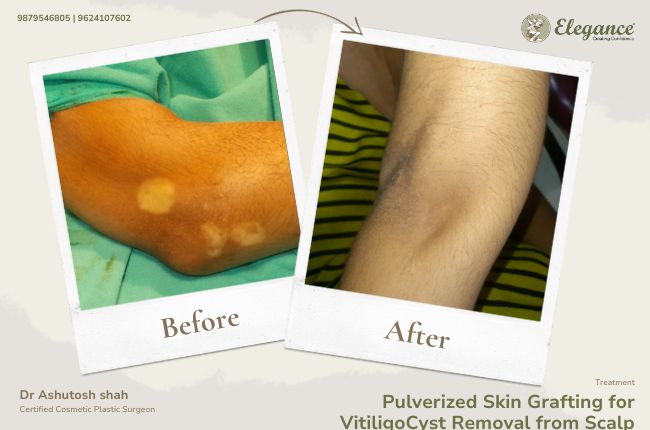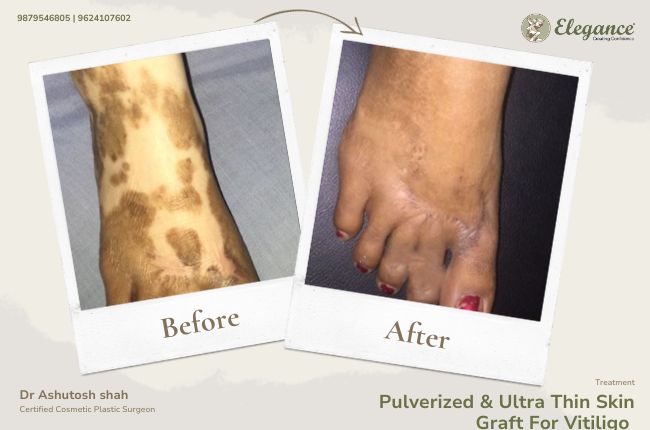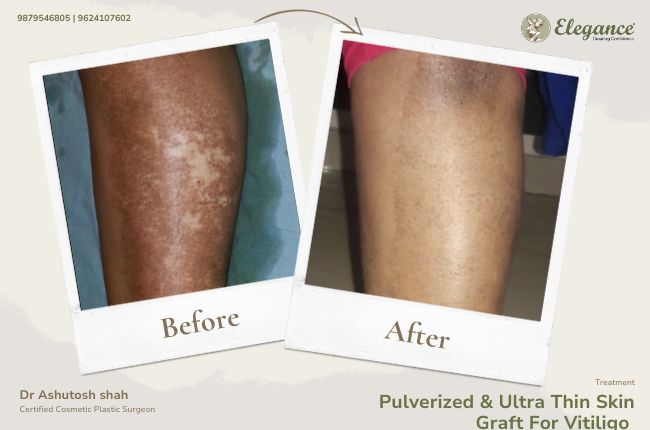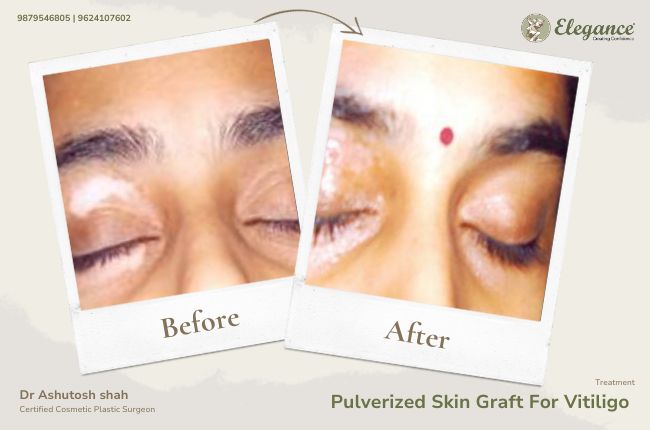Melanocyte transfer is a surgical procedure that is used to treat conditions such as vitiligo, a condition in which the skin loses its color resulting in white or light-colored patches. The goal of the procedure is to repigment the affected skin by transplanting pigmented skin cells (melanocytes) from a healthy donor site to the affected area.
During the procedure, a small piece of pigmented skin is removed from a healthy donor site and the melanocytes are separated from the skin. These melanocytes are then transplanted to the affected area, either by injection or by culturing the cells in a lab and then transplanting them back to the patient. The procedure is typically performed under local anesthesia and can be done on an outpatient basis.
Melanocyte transfer is considered a safe and effective treatment option for many cases of vitiligo. However, as with any surgery, there are risks involved such as infection, bleeding, and scarring. Recovery time can vary depending on the size and location of the graft and the overall health of the patient. It is important to discuss all risks and benefits with a qualified surgeon before undergoing the procedure. Additionally, it is important to note that Melanocyte transfer may not work for all patients and may require multiple sessions to achieve the desired results.
If you have any questions regarding our services, please contact us or call at +91 9879546805.
Hear from our patients
EXCELLENTTrustindex verifies that the original source of the review is Google. Had a vericose vein surgery for both legs.such a supportive doctors and team.Special Thanks to Dr.Aashutosh shah,sunnybhai and all the staff members for wondrful service.Trustindex verifies that the original source of the review is Google. Thank you sir your treatment is very goodTrustindex verifies that the original source of the review is Google. Very happy.. Very good service.. Very good staff..Trustindex verifies that the original source of the review is Google. Amazing staff, totaly supportive. Dr ashutosh sir & his Team totaly take care of the patients & does the procedure properly
Contact Us
Ready to discuss? Fill out our contact form for a confidential consultation.













